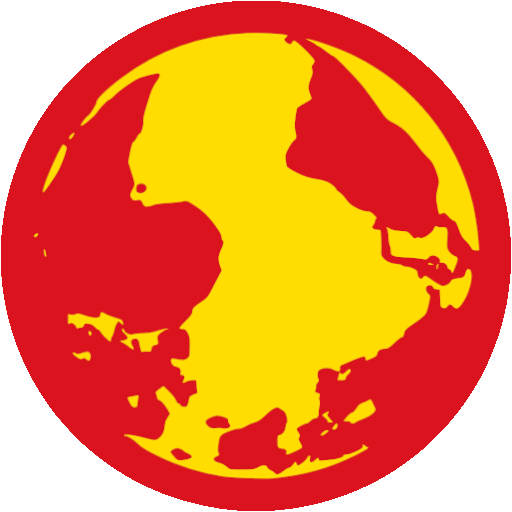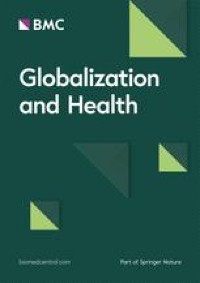Background Accelerated globalization especially in the late 1980s has provided opportunities for economic progress in the world of emerging economies. The BRICS nations’ economies are distinguishable from other emerging economies due to their rate of expansion and sheer size. As a result of their economic prosperity, health spending in the BRICS countries has been increasing. However, health security is still a distant dream in these countries due to low public health spending, lack of pre-paid health coverage, and heavy out-of-pocket spending. There is a need for changing the health expenditure composition to address the challenge of regressive health spending and ensure equitable access to comprehensive healthcare services. Objective Present study examined the health expenditure trend among the BRICS from 2000 to 2019 and made predictions with an emphasis on public, pre-paid, and out-of-pocket expenditures for 2035. Methods Health expenditure data for 2000–2019 were taken from the OECD iLibrary database. The exponential smoothing model in R software (ets ()) was used for forecasting. Results Except for India and Brazil, all of the BRICS countries show a long-term increase in per capita PPP health expenditure. Only India’s health expenditure is expected to decrease as a share of GDP after the completion of the SDG years. China accounts for the steepest rise in per capita expenditure until 2035, while Russia is expected to achieve the highest absolute values. Conclusion The BRICS countries have the potential to be important leaders in a variety of social policies such as health. Each BRICS country has set a national pledge to the right to health and is working on health system reforms to achieve universal health coverage (UHC). The estimations of future health expenditures by these emerging market powers should help policymakers decide how to allocate resources to achieve this goal.



Don’t forget, 70 years ago China was just finished fighting a bloody civil war and kicking out the Japanese, French, British, and Americans while negotiating the loss of Taiwan and Hong Kong after a century of war, devastation, and domination by foreign countries. The average wage in China was the lowest in the world. In 70 years, they’ve ended biannual famines, rebuilt their country, negotiated autonomy for multiple cultures in their border, secured that border against constant threat and harassment, and achieved a higher purchasing power parity than the richest country in the world. 70 years! We saw China’s commitment to public health during the pandemic. We’re going to see a constant improvement in health outcomes for at least another 30 years as China moves towards its 2050 targets.